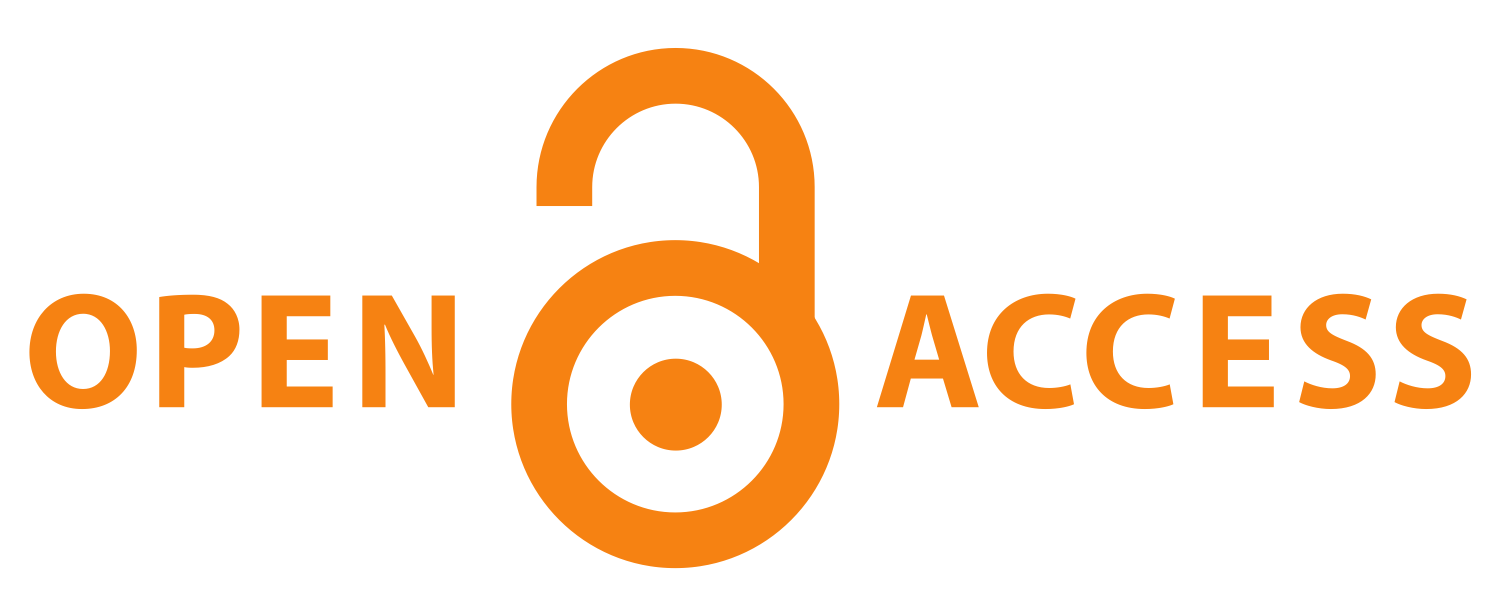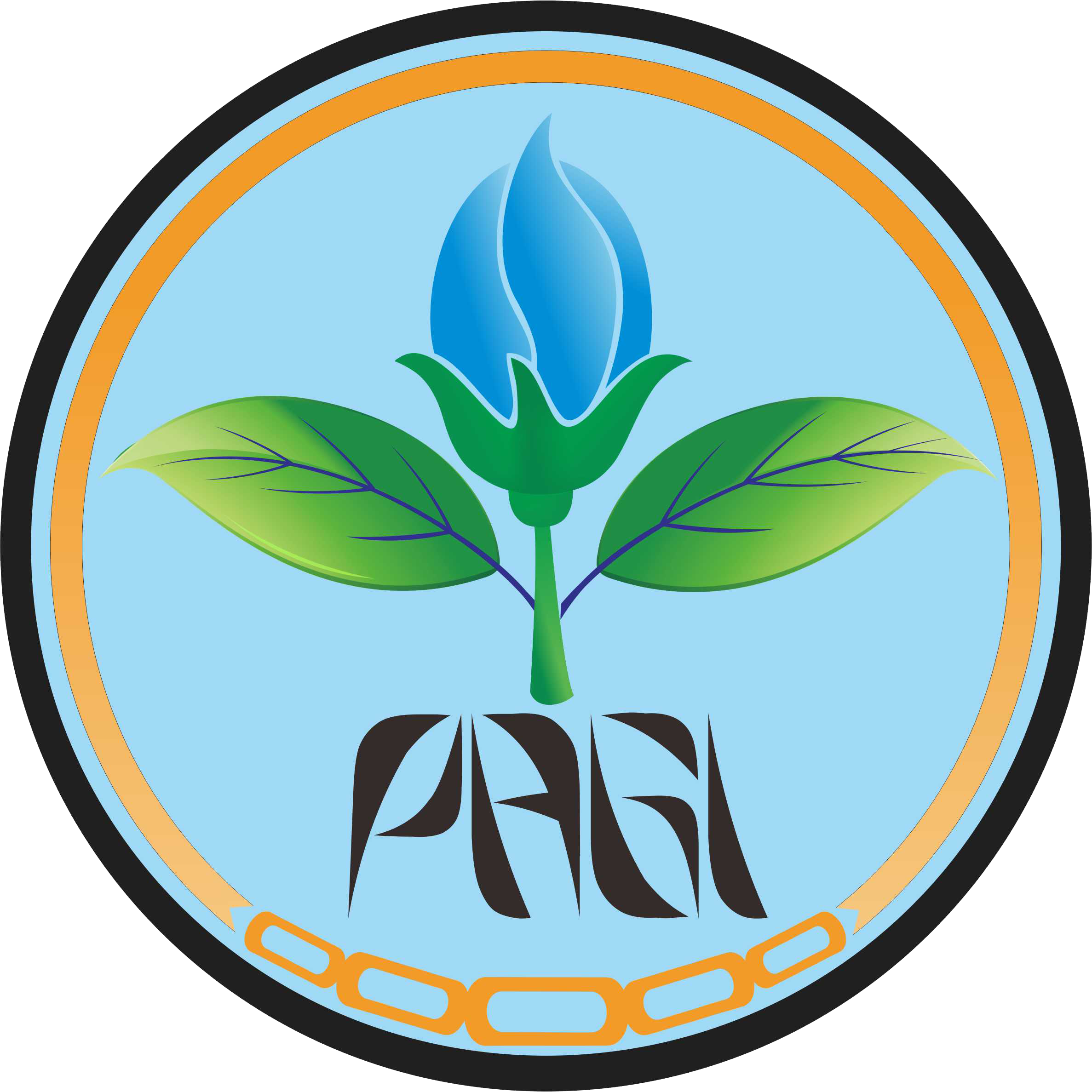Focus and Scope
Agrotechnology Research Journal invites original empirical research, literature reviews, theoretical or methodological contributions, integrative reviews, comparative or historical studies on the following topics:
1. Technology and management of Plant Production
2. Plant Breeding
3. Land Management Technology
4. Plant Protection Technology
Section Policies
Articles
Literature Review
Peer Review Process
Every article that goes to the editorial staff will be selected through Initial Review processes by the Editorial Board. Then, the article independently reviewed by two peer reviewers and will go to the next selection through a Double-blind Peer-Review Process. Decisions from reviewers are a top priority for editors to make decisions. The time required by reviewers to complete a round review process is twoweeks. Generally, prospective reviewers will be selected based on their reputation in the suitability of their expertise. The decision for publication, amendment, or rejection is based on their reports/recommendation. If the manuscript is accepted, the process goes to the editing phase before the final publication process.
Publication Frequency
Agrotechnology Research Journal was first published in June 2017. This Journal published twice every year, in June and December
Open Access Policy
This journal is an open-access journal, which means that all content is freely available without charge to users or / institutions. Users can read, download, copy, distribute, print, search, or link to full-text articles in this journal without asking prior permission from the publisher or author. This is in accordance with Budapest Open Access Initiative.


All articles published in this journal are licensed under a Creative Commons Attribution-ShareAlike (CC BY-SA) license. This license allows others to remix, adapt, and build upon the work for any purpose, even commercially, as long as they credit the author(s) and license their new creations under identical terms.
Archiving
This journal utilizes the LOCKSS system to create a distributed archiving system among participating libraries and permits those libraries to create permanent archives of the journal for preservation and restoration—more on LOCKSS on this link.
Publication Ethics
Agrotechnology Research Journal is a peer-reviewed journal published by Perkumpulan Agroteknologi/Agroekoteknologi Indonesia in collaboration with the Department of Agrotechnology, Faculty of Agriculture, Universitas Sebelas Maret which was first published in June 2017. Agrotechnology Research Journal publishes research articles or scientific papers in the field of Agrotechnology. The ethical statement of scientific publications is a code of ethics statement of all parties involved in publishing this scientific journal, namely managers, editors, best partners, and authors. The Code of Ethics for Scientific Publication upholds three ethical values in publication, namely (i) Neutrality, which is free from conflicts of interest in the management of publications; (ii) Fairness, which is to give authorship rights to those who are entitled as authors; and (iii) Honesty, which is free from duplication, fabrication, falsification, and plagiarism in publications.
This statement is based on COPE’s Best Practice Guidelines for Journal Editors.
For the author who wants to submit an article to this journal, after reading this Scientific Publication Ethics, please download this form. After that, please fill and sign the form, then the author can submit the Publishing Ethical Statement as part of the author's article submission. Copyright agreements must be submitted before the article can be published. The Statement of Ethics and Copyright Agreement can be sent by email or uploaded as a supplementary file on manuscript submission through OJS.
2. Strive to improve the quality of publications on an ongoing basis.
3. Implement a quality assurance process to ensure the quality of articles published.
4. Prioritizing freedom of opinion, objectively.
5. Maintain the integrity of the author's academic track record.
6. Provide corrections, clarifications, withdrawals, and apologies if needed.
7. Responsible for the writing style and format, while the contents and all statements in the manuscript are the author's responsibility.
8. Actively ask the opinion of writers, readers, peer-reviewers, and editorial board members to improve publications' quality.
9. Encourage the evaluation of journals if findings are available.
10. Support initiatives to reduce research errors and publication by asking the author to attach an ethical form clearance that has been approved by the ethical clearance commission.
11. Support initiatives to educate researchers about ethics publication.
12. Review the effects of policy issues on the writer and peer reviewer's attitude and improve them to increase responsibility and minimize errors.
13. Have an open mind for new opinions or views of others who may conflict with personal opinions.
14. Do not maintain personal's, author's, or third party's opinion, leading to non-objective decisions.
2. Do not examine the papers that involve themselves, either direct or indirect.
3. Maintaining the author's confidentiality by not disseminating the results of corrections, suggestions, and recommendations for the reviewed manuscript.
4. Encourage the writer to improve on writing scientific papers.
5. Review corrected paper under predetermined standards.
6. Examine the manuscript promptly according to journal writing instructions and based on scientific rules (method data collection, author legality, conclusions, Etc.).
2. Collectively responsible for the article's work and content, including methods, analysis, calculations, and details.
3. State the origin of resources (including funding), both directly or indirectly.
4. Describe limitations in research.
5. Responding to comments given by peer reviewers in a professional and timely manner.
6. Inform the editor if the author will withdraw the published article or manuscript with specific terms and conditions to be fulfilled.
7. Make a statement that the manuscript submitted for publication is original, has not been published anywhere in any language, and is not in the process of being submitted to another publisher.
Retraction
The papers published in Agrotechnology Research Journal will be considered to retract in the publication if:
- They have clear evidence that the findings are unreliable, either as a result of major error (eg, miscalculation or experimental error), or as a result of fabrication (eg, of data) or falsification (eg, image manipulation)
- It constitutes plagiarism
- The findings have previously been published elsewhere without proper attribution to previous sources or disclosure to the editor, permission to republish, or justification (ie, cases of redundant publication)
- It contains material or data without authorisation for use
- Copyright has been infringed or there is some other serious legal issue (eg, libel, privacy)
- It reports unethical research
- It has been published solely on the basis of a compromised or manipulated peer review process
- The author(s) failed to disclose a major competing interest (a.k.a. conflict of interest) that, in the view of the editor, would have unduly affected interpretations of the work or recommendations by editors and peer reviewers.
The mechanism of retraction follows the Retraction Guidelines of Committee on Publication Ethics (COPE) which can be accessed at:
https://doi.org/10.24318/cope.2019.1.4
Screening for Plagiarism Policy
Agrotechnology Research Journal has a policy of screening for plagiarism. We use Anti-Plagiarism Software Turnitin to check the authenticity of the manuscript submitted. The maximum allowable turnitin limit is 20%. Authors should submit only original work that is not plagiarized and not published or considered elsewhere.






